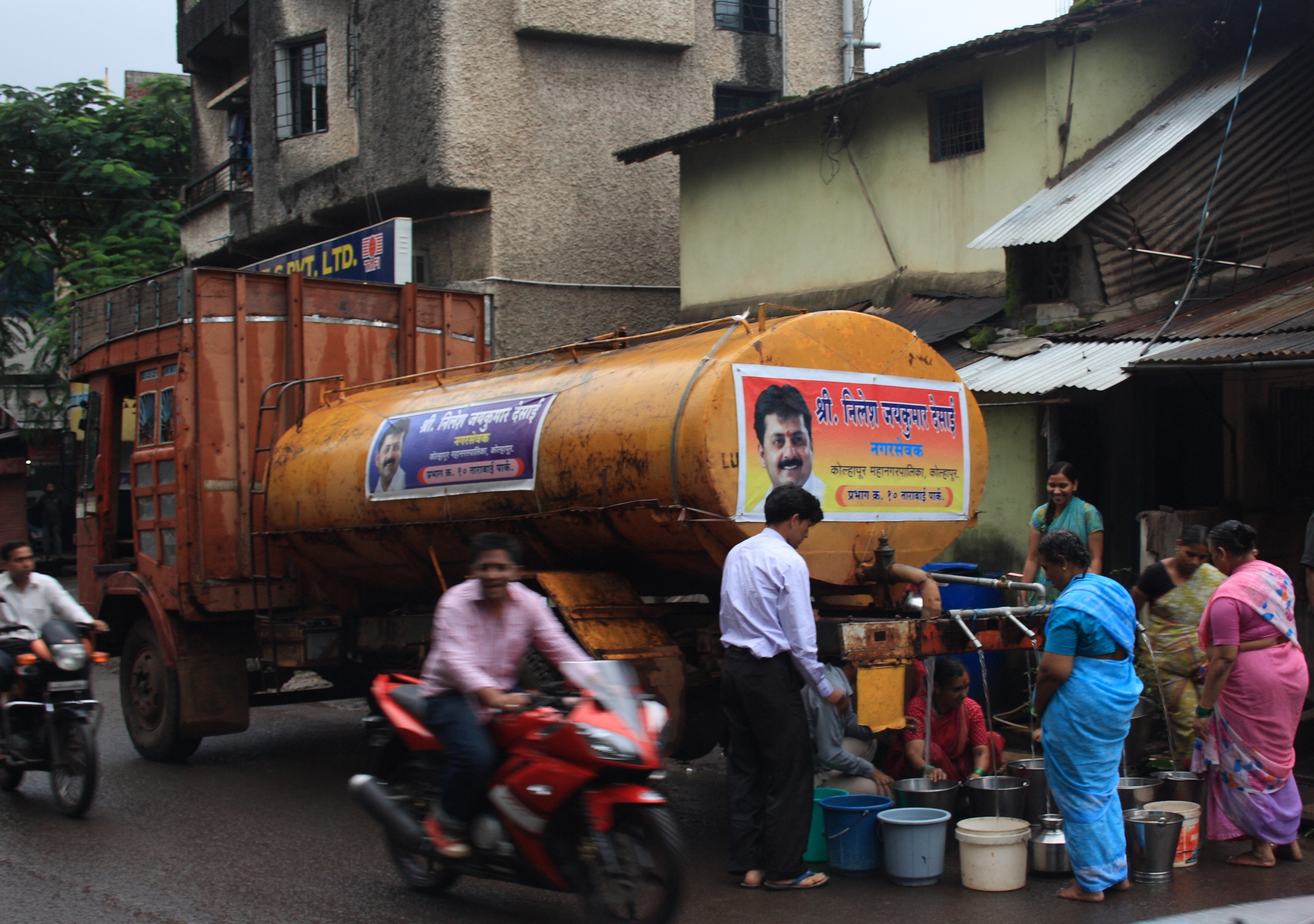The report of the National Institute of Transformation of India (Niti Aayog), which relies on the statistics of 24 out of 29 states of the second most populous country in the world, emphasizes that the crisis will only worsen in the coming years.
The study’s authors also warn that 21 cities in India, most likely, run out of groundwater by 2020 due to steadily growing demand.
All this jeopardizes the country's food security, since 80% of water is used in agriculture, the British BBC television channel points out.
Indian megacities and small towns regularly live without water in the summer, as there is not enough infrastructure to deliver tap water to each house.
Rural areas are also severely affected by lack of access to clean water (84% of households do not have tap water). They cannot rely on groundwater because of the rare rainfall and the fact that groundwater is increasingly being used for agriculture when monsoon rains are late or short.
According to the report, about 200 thousand Indians die each year due to lack of access to clean water.
Many eventually rely on private water suppliers or tank cars paid by local authorities. Long queues of people with cans waiting for drinking water from a tank truck or public column are a common sight in India.
As the population in megacities increases, the pressure on urban water resources is expected to grow. According to experts' forecasts, by 2030 the demand will exceed the supply more than twice.
The water deficit will also lead to the loss of 6% of India's gross domestic product (GDP).
Some Indian states, however, demonstrate more effective work in providing water to the population than other regions. Thus, Gujarat, which is in the west of the country, tops the list of the most successful states in this area. It is followed by Madhya Pradesh (Central India) and Andhra Pradesh (southern part).
Fifteen of the 24 states improved their performance compared to the previous year, which allowed the authors of the report to conclude that "water management is improving."
However, it is still worrying that almost half of India's population lives in the lowest ranked states (Uttar Pradesh and Haryana in the north or Bihar and Jharkhand in the east). These states also produce the bulk of the country's agricultural output.
Another problem is the lack of accurate data on the extent to which households and various sectors of the economy consume water, the study authors conclude.
The study’s authors also warn that 21 cities in India, most likely, run out of groundwater by 2020 due to steadily growing demand.
All this jeopardizes the country's food security, since 80% of water is used in agriculture, the British BBC television channel points out.
Indian megacities and small towns regularly live without water in the summer, as there is not enough infrastructure to deliver tap water to each house.
Rural areas are also severely affected by lack of access to clean water (84% of households do not have tap water). They cannot rely on groundwater because of the rare rainfall and the fact that groundwater is increasingly being used for agriculture when monsoon rains are late or short.
According to the report, about 200 thousand Indians die each year due to lack of access to clean water.
Many eventually rely on private water suppliers or tank cars paid by local authorities. Long queues of people with cans waiting for drinking water from a tank truck or public column are a common sight in India.
As the population in megacities increases, the pressure on urban water resources is expected to grow. According to experts' forecasts, by 2030 the demand will exceed the supply more than twice.
The water deficit will also lead to the loss of 6% of India's gross domestic product (GDP).
Some Indian states, however, demonstrate more effective work in providing water to the population than other regions. Thus, Gujarat, which is in the west of the country, tops the list of the most successful states in this area. It is followed by Madhya Pradesh (Central India) and Andhra Pradesh (southern part).
Fifteen of the 24 states improved their performance compared to the previous year, which allowed the authors of the report to conclude that "water management is improving."
However, it is still worrying that almost half of India's population lives in the lowest ranked states (Uttar Pradesh and Haryana in the north or Bihar and Jharkhand in the east). These states also produce the bulk of the country's agricultural output.
Another problem is the lack of accurate data on the extent to which households and various sectors of the economy consume water, the study authors conclude.





